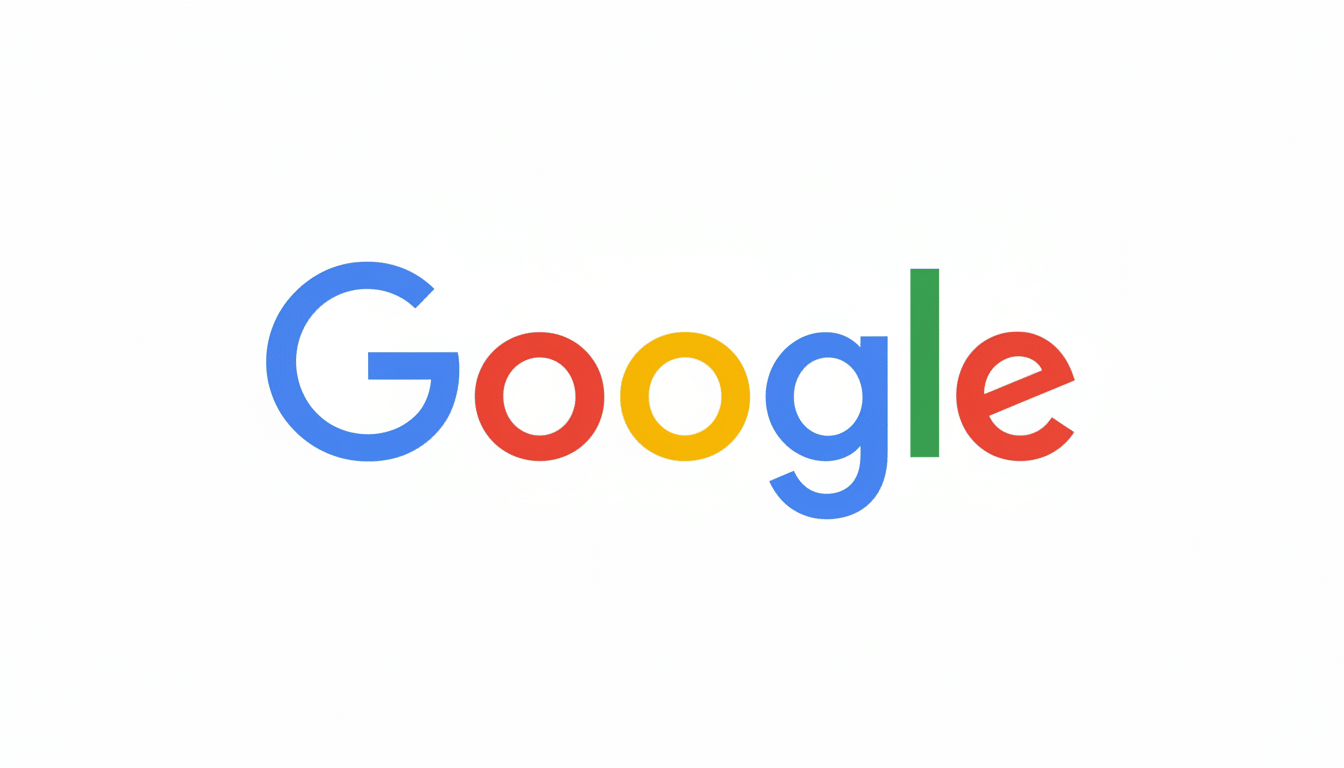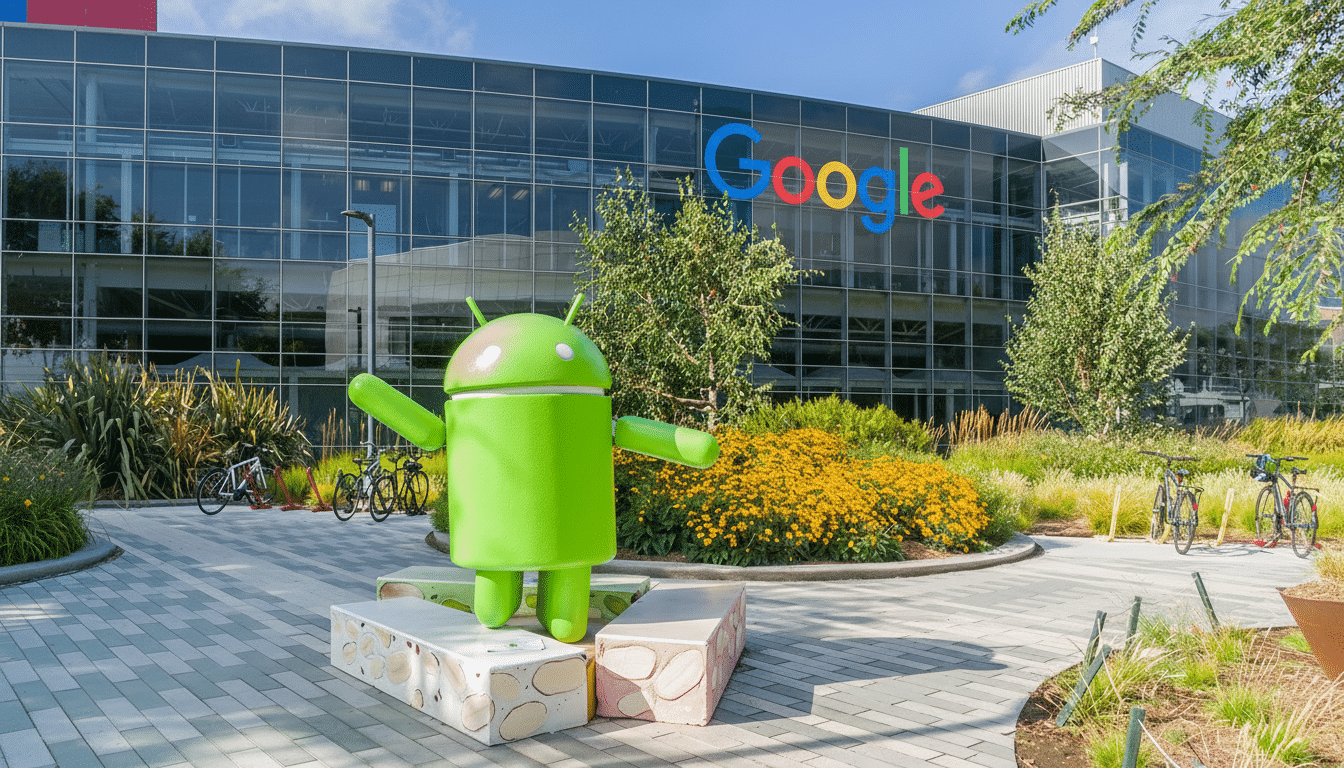Despite the broader hardware ecosystem at Google featuring USB-C—from phones and tablets to earbuds and cameras—unique barrel-shaped power connections are still in play with the smart speakers. That discrepancy may sound insignificant until you work on wiring a modern living room or kitchen. Let’s look at three reasons why every Google smart speaker should pack a USB-C port for power.
Real-world convenience and fewer power outlets needed
Homes are already clogged with chargers, hubs, game consoles, set-top boxes, and TVs. According to Deloitte’s Connected Consumer survey, the average household now has nearly two dozen connected devices—and the struggle to find power outlets is real; there’s never an open socket. And a proprietary wall wart for a little speaker is just taking up space.

USB-C power means that you can take advantage of the multi-port GaN chargers many households already have in place. If you are pairing two speakers for stereo or a streaming device and want it all powered cleanly by just one 3- or 4-port USB-C charger, fine. That avoids burning additional outlets and fighting with cumbersome bricks that hog power strips and force an endless battle over barrel-plug cable management.
USB-C also makes it easier to move around devices and put them wherever you want. Want to take one of the speakers out to the patio for a party, or into a home office? You probably have a USB-C cable and charger lying around that will work. If you’re using a barrel connector, that means either moving your dedicated adapter or sourcing the correct plug size and voltage.
Less e-waste and improved repairability for speakers
Charging is one of the easiest places to standardize, and a small amount of effort here can eliminate a lot of waste at scale. This will avoid hundreds of tons of e-waste annually and save consumers a total of several hundred million Euros each year. Around the world, tens of millions of tons of electronic junk are produced annually, with less than a quarter being formally recycled or reused.
With a proprietary adapter in each speaker box, buyers are locked into a one-time accessory that’s hard to reuse. If a cable goes bad with a barrel-powered device, you may have to obtain the exact same one from the manufacturer. USB-C is a chain as strong as its weakest link, and that link is the cable. If you have good USB-C chargers already, you can put them to use right away; if not, a standards-compliant model is easy to get and will also charge your other devices.
That flexibility aligns with the principles of circular design: fewer bespoke parts, more interchangeable ones, and longer utility for accessories. It’s also consumer-friendly. Eventually, if interoperable charging is widespread enough, drawer clutter—and the probability that a cord or brick ends up in a landfill upon the retirement of its original device—declines.
No technical limits and better safety with USB-C power
There’s no good technical reason a stationary smart speaker can’t use USB-C. The USB Implementers Forum’s Power Delivery standard goes higher, up to 240W; smart speakers tend to sip a fraction of that. Even large portable speakers from the bigger audio brands get by just fine on USB-C, putting a point in the column for the connector and protocol.

USB-C PD negotiates voltage and current to be both efficient and safe. It helps reduce the incidence of mismatched power supplies, reversed polarity, or guessing which barrel power supply you need. For users, that translates to reduced support headaches and less risk of damage from using the wrong adapter. For manufacturers, it equates to standardized certification paths and uniform behavior across chargers.
If you’re worried that not every household happens to have a 30W-or-better USB-C charger, the problem is easily solved: Include one with your speaker, either in the box or as part of the purchase price.
Many brands are already selling devices with and without chargers, allowing buyers to opt for one model or the other based on what they own. That approach honors price sensitivity as well as sustainability objectives.
Costs are improving as USB-C power scales and standardizes
Barrel adapters are easy and cheap to come by because they’re simple and single-purpose. But the USB-C PD market has achieved epic scale, greatly reducing component and certification costs while increasing reliability. Any nickels and dimes to be saved by sticking with a proprietary plug are countered by recurrent consumer inconvenience, worse sustainability optics, and the support burden of carrying exact-replacement adapters.
A practical middle ground is tiered packaging: a base model with a USB-C cable only and an add-on bundle that includes the brand’s own PD charger. This aligns with regulators’ best practices and eliminates duplicate appliances in homes already brimming with chargers. It’s also a sign of confidence that a speaker can neatly fit within the modern USB-C ecosystem.
Bottom line: USB-C is the sensible choice for smart speakers
USB-C on Google’s smart speakers would also make setup easier, produce less e-waste, and use a robust, safe power standard already backing gear that craves more juice. The rest of the ecosystem has already moved on; so should the speakers. Making the port standard isn’t merely a nice-to-have; it’s the sensible choice for homes, for sustainability, and for a platform that wants to feel like one cohesive thing from phone to living room.

